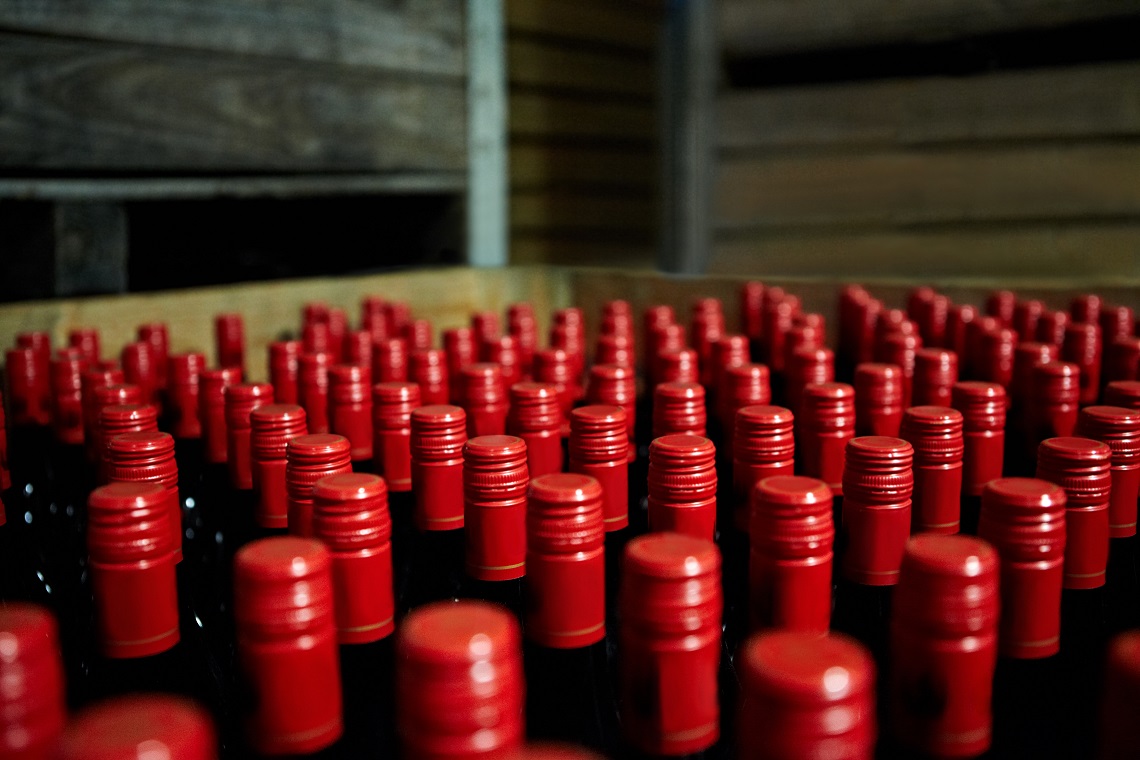IWSR’s most recent market analysis indicates troubling short- and medium-term signs with consumption experiencing a slow decline, but there are promising opportunities in the spheres of ecommerce, sparkling and premium wines, and younger adult markets.
During 2020, all drink categories saw a drop in sales, with the exception of RTDs. Now, spirits are bouncing back strongly, beer is increasing in popularity, but wine struggles to reach pre-pandemic levels of consumption. The total volume of wine consumed was down five per cent in the first half of the 2021-2022 financial year, compared to the first-half of the previous financial year.
Though the total number of wine drinkers has not reached the numbers of 2015, they are a significant improvement on 2021. However, numbers of regular wine drinkers continue to fall. The decline in regular wine drinkers is strongest in the under-34 segment, though this may be due to the ‘buy less but better’ attitude of many younger adult consumers.
Ecommerce remains popular
During the pandemic, ecommerce saw a sharp rise in popularity, with many people ordering alcohol online for the first time. While there was a concern that the popularity of ecommerce would fall sharply after the height of the pandemic, the IWSR’s analysis indicates this does not seem the be the case. In fact, the percentage of alcohol sales made online is trending upwards. In markets such as the US, Canada, and Brazil, one-third of wine drinkers who do not currently purchase wine online would consider doing so in the future. However, where other alcohol categories are continuing to see growth in online sales, wine ecommerce is moderating.
Cost of living to affect on-trade spending
Much of the recent, rapid growth in wine sales has been due to the return to on-trade spending in the post-COVID era, a trend mostly led by younger adult drinkers. However, with looming cost of living pressures, the next 12 months will determine if this boom was a correction after the COVID lockdowns, an outlier, or part of a sustained increase in sales.
In the upcoming 12 months, many consumers predict they will spend less on drinks and wine drinkers, especially, anticipate that they will cut down on on-trade spending. Europeans expect they will buy less and buy cheaper wine, and globally consumers are expecting to go out less in the next 12 months.
The IWSR said that although the market is displaying a level of caution in the short- and medium-term, the post-pandemic trend indicates an optimistic outlook for the long-term.
Younger adults present unique market
The under-34 sector engages with the wine market in a markedly different way to its older counterparts. Whereas older wine drinkers are often set in their ways in terms of their wine consumption, younger adult drinkers are less engaged with mainstream brands and more willing to explore different categories. Their drinking habits can generally be described as ‘buy less but better,’ evidenced by the trend towards moderation and premium wines.
Moderation is a key aspect of younger adults’ wine consumption. They drink less wine per occasion and are significantly more likely to reduce their alcohol consumption than any other market sector. Non-alcoholic is wine struggling to gain acceptance in many markets, but low-alcohol wine has gained popularity in markets such as the US, Germany, Japan, and the UK.
Premium wines buck the trend
A notable exception to the downward trend in the wine market is sparkling and premium wines, which rose in popularity during the pandemic. With fewer celebratory events, consumers found themselves drinking sparkling wine, especially Prosecco and Champagne, in less formal settings than before. The IWSR said that preconceptions have changed significantly, with US and Canadian consumers more likely to see sparkling wine as suitable for informal consumption than before the pandemic.
Still premium wines are performing better than their lower-priced counterparts, but the growth is less stark than that of sparkling wines. With less than one per cent growth from the first half of the 2022-2023 financial year compared to the first half of the previous financial year, the growth is fragile. Nevertheless, it is a significant departure from the downward trend of the broader wine market.
The IWSR analysis stated that relative success of the sparkling and premium sector provides an opportunity for the category to attract the 18-34 demographic, particularly in the alternative wine sphere. Even during the past two years, consumer positivity towards organic, natural, and sustainably produced wines. These wines resonate with the environmental concerns of the younger adult market, and would be well placed to leverage the trend towards premiumisation.
Did you know?
There are five ways you can stay up-to-date with industry news thanks to The Shout?

